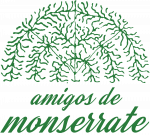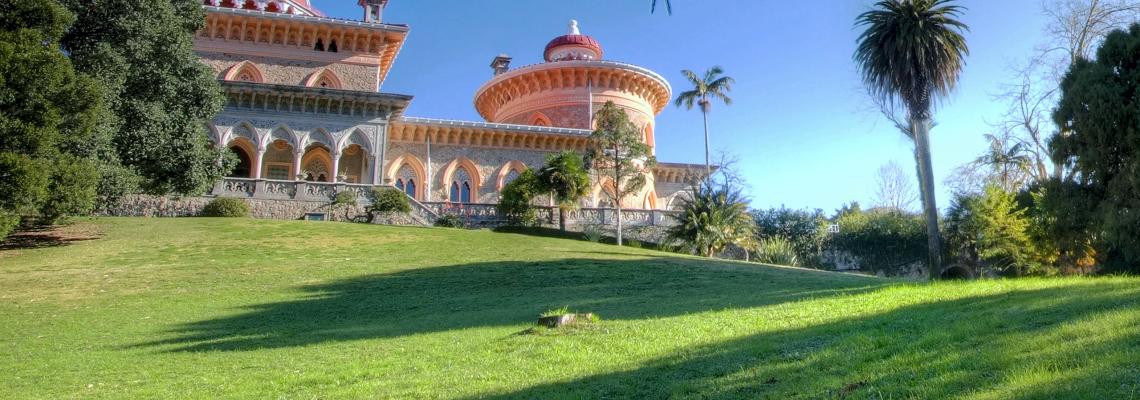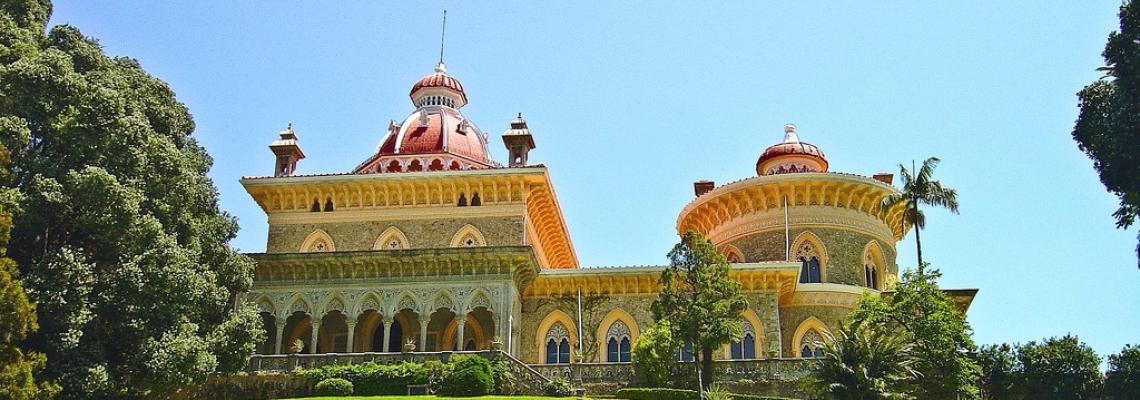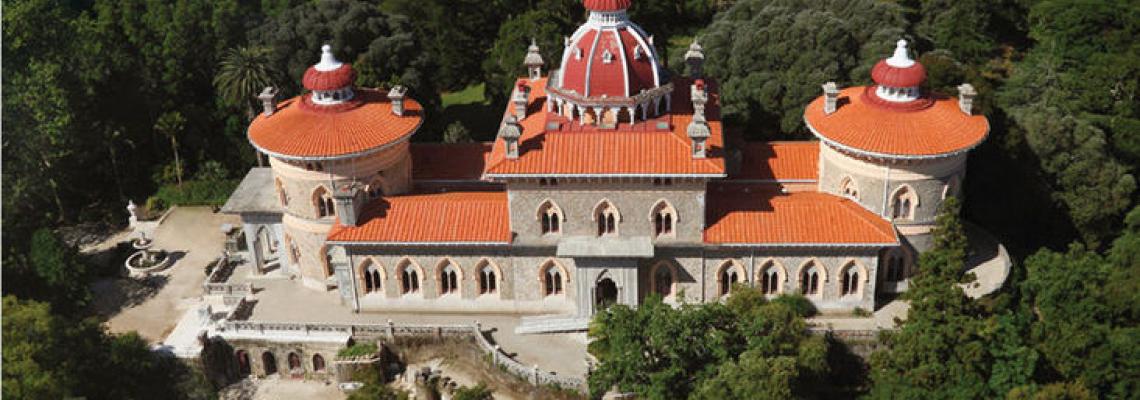Monserrate

It is one of the best known European Gardens and a wonderful example of an English garden in Portugal. Thanks to its unique and privileged climate, Monserrate acts as a huge open-air greenhouse measuring about 30 hectares, where hundreds of species live in full harmony.
Architectural elements of rare beauty and of great historical importance, such as the Palace - a mix of Gothic, Moorish and Oriental styles - as well as statues, waterfalls and lakes, are factors that complement this unique Garden where Nature and Man live in total harmony.
Montserrat's history is cyclical: periods of great wealth follow periods of ruin. In 1540 Abbot Gaspar Preto built a chapel on this site, which he named Monserrate after his pilgrimage to the Sanctuary of Our Lady of Monserrat in Catalonia.
Destroyed by the earthquake in 1755, this property is rented by the Melo e Castro Family to Gerard DeVisme, a member of the English factory in Lisbon and one of the most important businessmen of the second half of the 18th century, who after building a neo-gothic palace. , sub-rent Monserrate to William Beckford. A nature lover, reputed master of art and one of England's richest men, Beckford completes the construction of the Palace and launches the Garden Plantation, but a few years later returns to England, leaving Monserrate to his own fate.
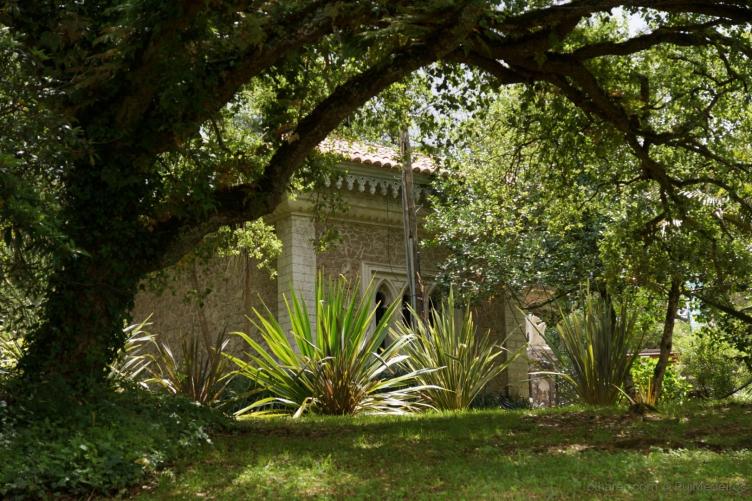
In 1809, Lord Byron immortalizes Monserrate when he describes Sintra as a "Glorious Paradise" and laments "Monserrate's ruin" in his poem "Childe Harold's Pilgrimage". Inspired by the romantic period of the 19th century, Francis Cook, an English merchant who owns a huge fortune and one of the most important collections of British art, acquires and restores the Palace, transforming the surrounding landscape into one of the most famous and exotic "Victorian Gardens". from Europe. After its heyday in the second decade of the century. XX, Monserrate is sold by the Cook Family after World War II, and its important stuffing is dispersed.
In 1949 the property is acquired by the Portuguese State and despite being open to the public, it has deteriorated over the years. Today, thanks to a greater interest and openness to environmental problems and to the force of public opinion, in which the Friends of Monserrate Association played an important role, the Portuguese Government and the Municipality of Sintra constituted an entity responsible for cultural heritage in the region. which Monserrate has prime importance. Sintra has the status of Cultural Heritage of Humanity awarded by UNESCO.
Montserrat trees
by João Sande de Freitas and Raúl Constâncio
AAM / INAPA Editions
The main existing book about Monserrate, its gardens and its history, widely illustrated with photographs. (Portuguese English)
Castles, Caliphs and Christians: a Landscape with Figures. Montserrat
from Ida Kingsbury
Published by AAM in conjunction with The British Historical Society of Portugal, this book by Ida Kingsbury tells Monserrate evoking those who did it: its owners, builders and visitors.
The Monserrate Treasure
from Sofia Vilarigues
Ed. Field of Letters
A children's and youth tale set in Montserrat
Contributions to the History of Montserrat
by D. Manuel Clemente, Prof. José Augusto França, Prof. Maria Laura Bettencourt Pires, Dr. Mafalda de Melo e Castro, Professor Ana Cannas, Arch. Gloria Azevedo Coutinho
Montserrat Stories
by José de Oliveira e Sousa, José Lima, Amadeu Lopes Sabino and Paulo Castilho
The Garden That Thought Enables
preface, selection and edition, by José Manuel de Vasconcelos
Poetic anthology about Monserrate
